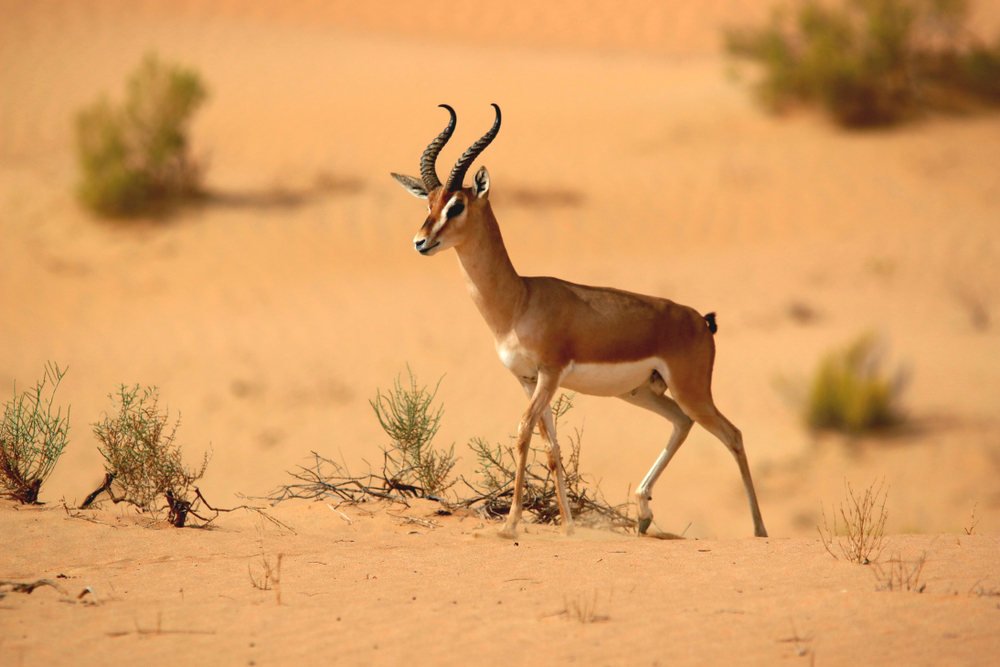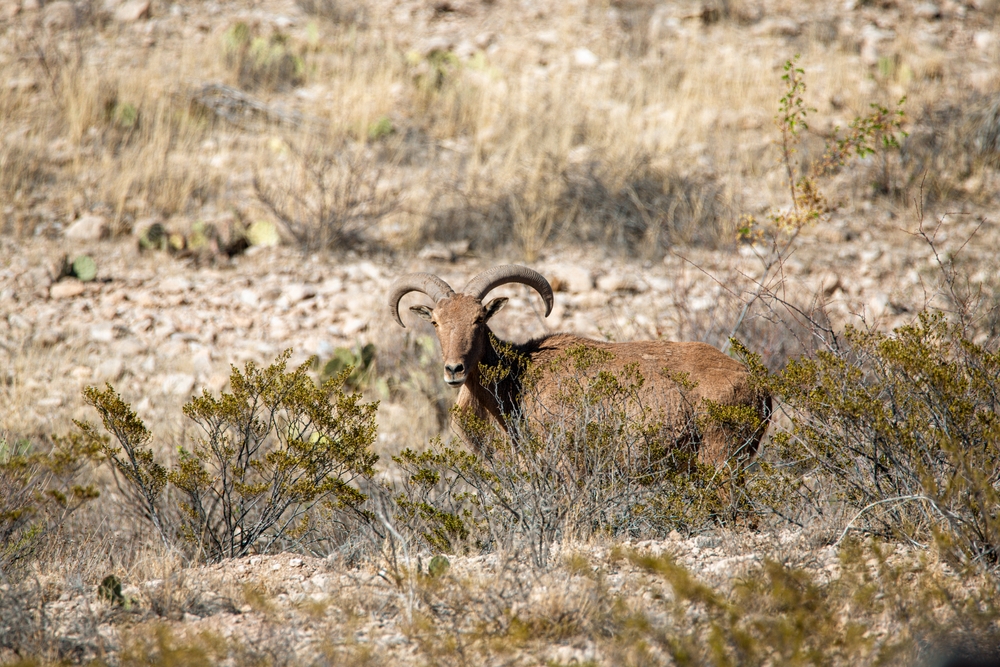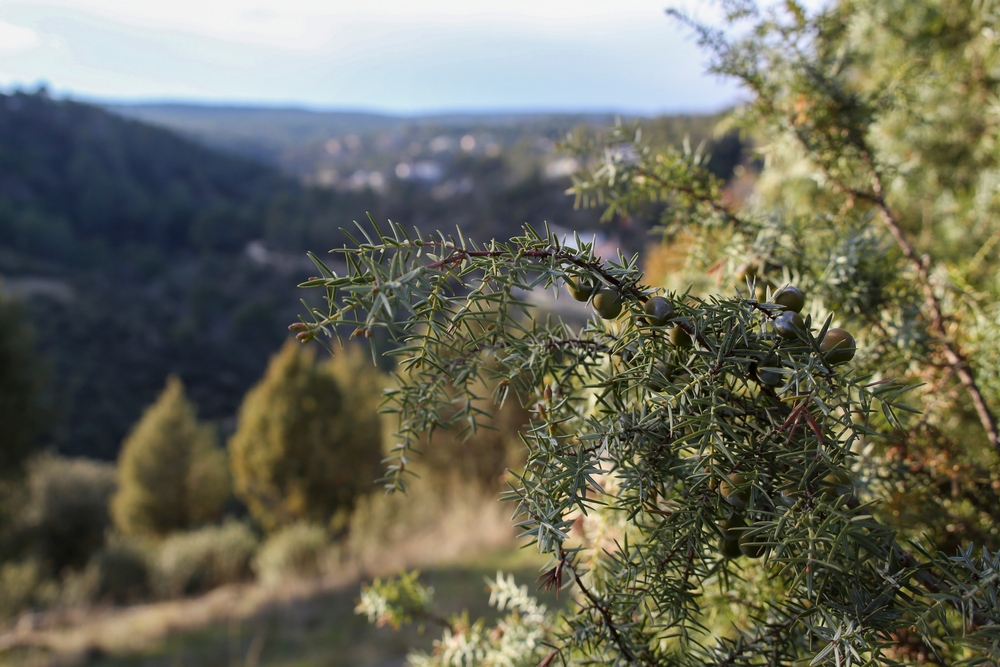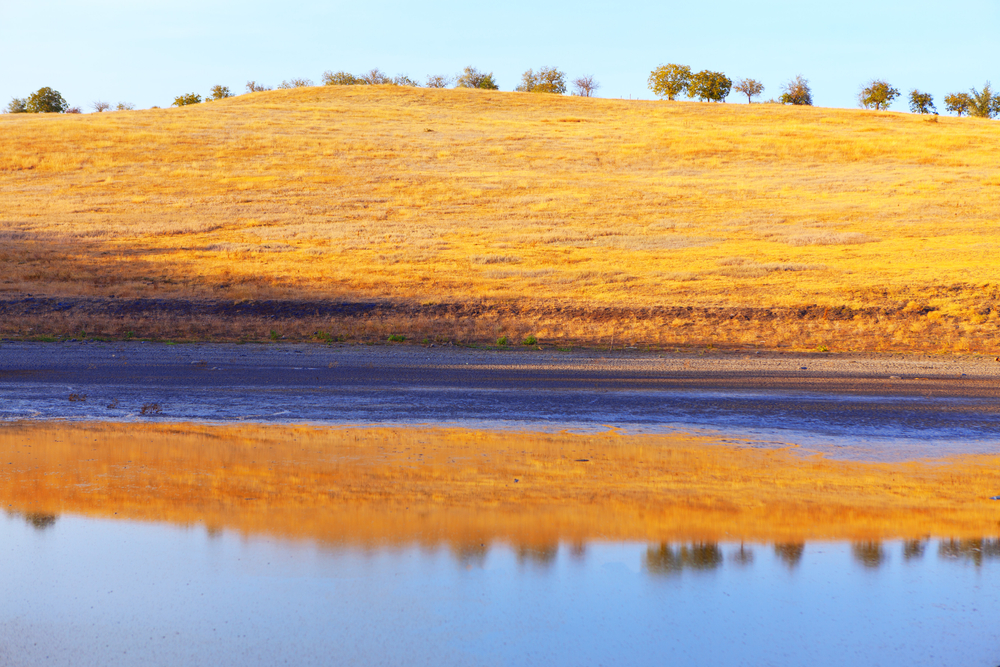El Naggaza Overview
El Naggaza National Park, also known locally as “Al-Naggaza,” is a protected area located in the central region of Libya, near the outskirts of the Sahara Desert. Established to preserve its unique desert and semi-arid ecosystems, the park is a remarkable testament to the delicate balance of life in harsh environments. Named after the Arabic word “Naggaza,” meaning “source of sustenance,” the park serves as a vital refuge for wildlife and a site of ecological and cultural importance for the surrounding communities.
The terrain of El Naggaza National Park is a mesmerizing blend of desert landscapes, rocky outcrops, and patches of fertile oases. Expansive sand dunes dominate much of the park, interspersed with rugged plateaus and scattered vegetation. The park’s oases are lush pockets of life, supported by underground water sources, which create a stark contrast to the arid surroundings. These areas are characterized by date palms, acacias, and tamarisks, while hardy grasses and shrubs cling to the more barren regions, showcasing nature’s resilience.
El Naggaza National Park is home to a diverse array of wildlife adapted to its challenging environment. Among its notable inhabitants are desert foxes, sand gazelles, and the elusive fennec fox. The park is also a haven for birdlife, including migratory species such as hoopoes and desert larks, which find refuge in the oases and wetlands. Reptiles such as monitor lizards and desert vipers thrive in the rocky and sandy habitats, adding to the park’s ecological richness.
Visitors to El Naggaza National Park can engage with its unique environment through guided desert treks and wildlife safaris. The park’s oases offer serene spots for relaxation and exploration, while the sand dunes provide opportunities for adventure activities such as sandboarding and camel rides. Cultural experiences, such as interacting with local Berber communities, allow visitors to learn about traditional desert lifestyles and sustainable practices that have been passed down through generations.
Despite its beauty, El Naggaza faces significant challenges, including desertification, overgrazing, and the impacts of climate change. Conservation efforts led by local authorities and environmental organizations focus on protecting its fragile ecosystems through sustainable land management, habitat restoration, and anti-poaching measures. Educational programs and eco-tourism initiatives also play a crucial role in fostering awareness and generating resources for the park’s protection.
El Naggaza National Park is a symbol of Libya’s natural and cultural heritage, showcasing the resilience of life in one of the world’s most extreme environments. Its breathtaking landscapes, unique biodiversity, and opportunities for sustainable tourism make it a vital destination for those seeking to connect with nature. By safeguarding El Naggaza, Libya contributes to global conservation efforts, ensuring that this extraordinary desert sanctuary endures for generations to come.













































































